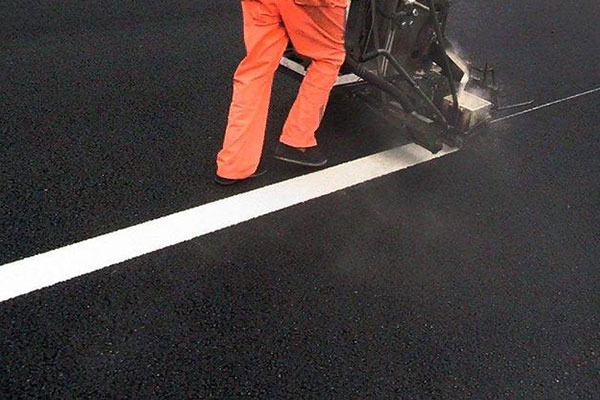How to Make Lines on Roads? A Comprehensive Guide
Lines on roads play a crucial role in ensuring the safety and efficiency of our transportation systems. Whether you’re a civil engineer, a road maintenance professional, or just a curious individual, understanding how to make lines on roads is a valuable skill. In this article, we’ll delve into the art and science of road marking, exploring the materials, techniques, and regulations that contribute to the creation of clear and effective road lines.

Materials Needed:
Before embarking on the task of creating lines on roads, gather the necessary materials. These typically include road marking paint, thermoplastic, reflective glass beads, chalk, measuring tools, and stencils. Each material serves a specific purpose, contributing to the longevity and visibility of road markings.
Choosing the Right Road Marking Paint:
Selecting the appropriate road marking paint is essential for ensuring durability and visibility. Consider factors such as weather conditions, traffic volume, and the type of road surface.
Understanding Thermoplastic Road Markings:
Thermoplastic road markings involve applying pre-formed markings onto the road surface and then melting them to create a permanent bond. This method is popular for its longevity and reflective properties.
Utilizing Reflective Glass Beads:
Enhance the visibility of road markings by incorporating reflective glass beads into the paint or thermoplastic mixture. These beads reflect light, increasing visibility during low-light conditions or at night.
Precision with Stencils and Measuring Tools:
Achieve uniform and precise road markings by using stencils and measuring tools. Properly marked lanes, crosswalks, and symbols contribute to overall road safety and organization. Understand the regulatory requirements for line dimensions, spacing, and color coding to comply with local traffic standards.
Preparation of Road Surface:
Proper preparation of the road surface is crucial for the longevity of road markings. Ensure that the surface is clean, dry, and free from any debris or oil. Use appropriate cleaning methods such as pressure washing to achieve the best results.
Application Techniques:
Use specialized road marking machines for accurate and consistent application. Follow manufacturer guidelines for optimal results.
Complying with Regulations:
Familiarize yourself with local and national regulations governing road markings. Different regions may have specific standards for the color, size, and placement of road lines. Staying informed about these regulations ensures that your road markings meet safety standards and reduce the risk of accidents.
Maintenance and Repairs:
Regular maintenance is crucial for preserving the effectiveness of road markings. Learn about common issues such as fading, wear, and damage, and explore the best practices for repairing and repainting road lines to ensure continued safety and visibility.
Conclusion:
Making lines on roads is a meticulous process that requires careful planning, the right materials, and adherence to regulations. By understanding the materials, techniques, and regulations involved, you can contribute to the development of safe and organized road systems.

